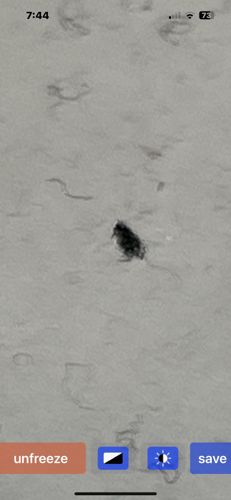Snow Flea
Scientific Name: Hypogastrura nivicola
Order & Family: Order: Collembola, Family: Hypogastruridae (often, though other families like Isotomidae can also contain 'snow fleas')
Size: Typically 1-2 millimeters in length.

Natural Habitat
Snow fleas are commonly found in cold, moist environments, particularly in forested areas, woodlands, and close to trees. They thrive in leaf litter, soil, and especially on the surface of snow during winter months.
Diet & Feeding
Snow fleas primarily feed on decaying organic matter such as algae, fungi, bacteria, and detritus found on the surface of snow, ice, or soil. They play an important role as decomposers in cold environments.
Behavior Patterns
Snow fleas are active during cold weather, often seen on the surface of snow on sunny winter days. They don't jump like true fleas but use a spring-like appendage called a furcula located under their abdomen to launch themselves into the air when disturbed. They are typically slow-moving when crawling. They are sensitive to temperature changes and will burrow into the snow or soil if it gets too warm or too cold.
Risks & Benefits
Snow fleas pose no known risks to humans, pets, or plants. They do not bite, transmit diseases, or cause damage. Their primary benefit is ecological; as detritivores, they are important decomposers, helping to break down organic matter and cycle nutrients in cold environments, contributing to healthy soil and forest ecosystems.
Identified on: 8/28/2025